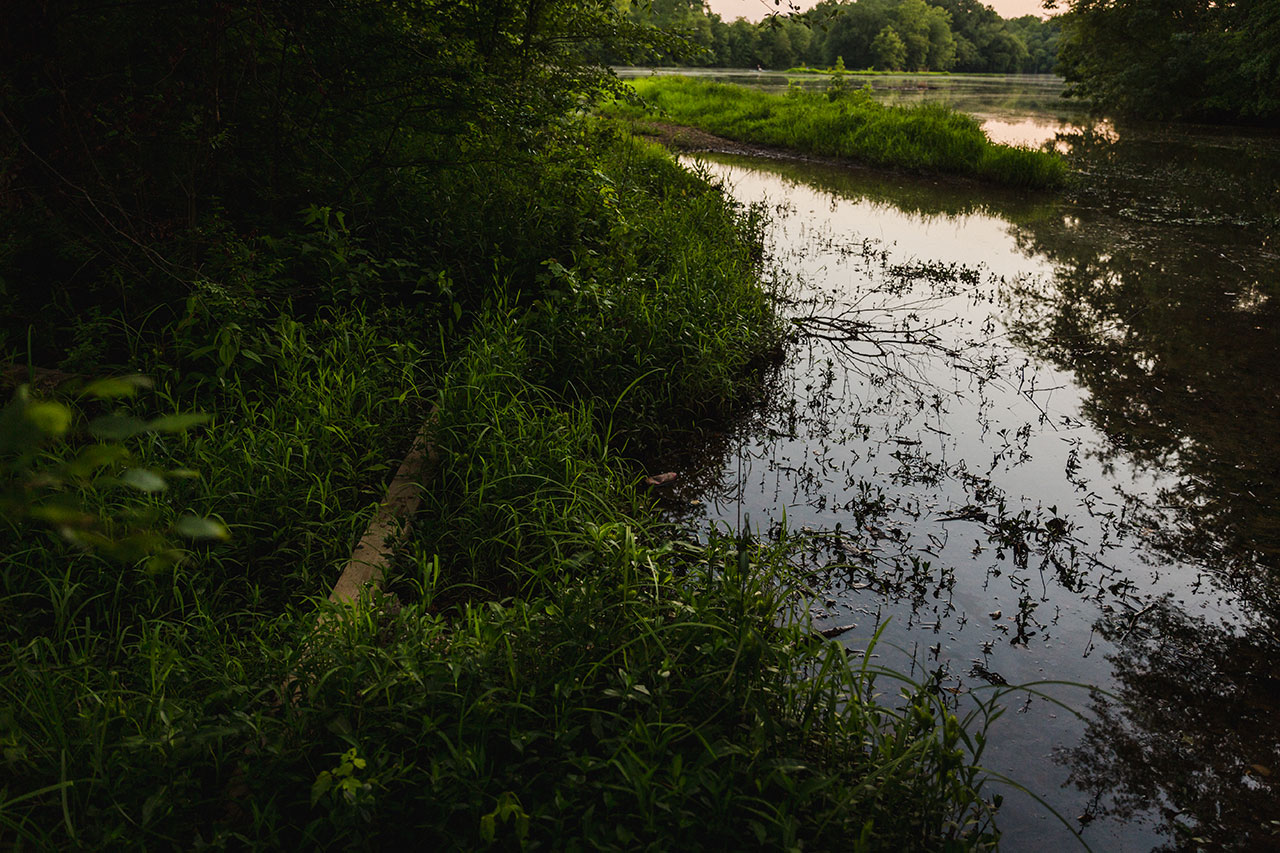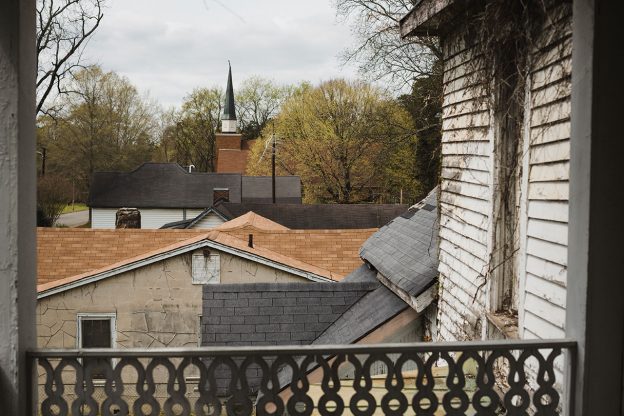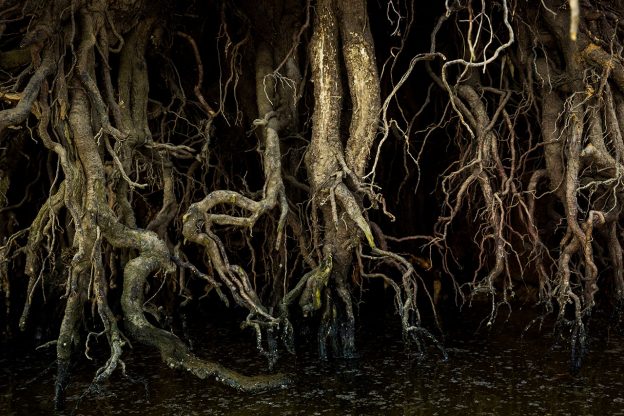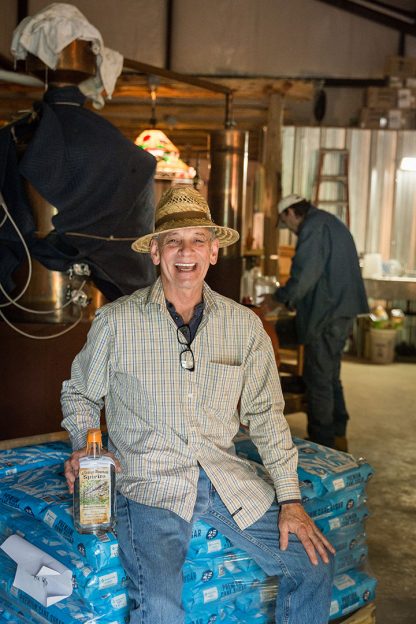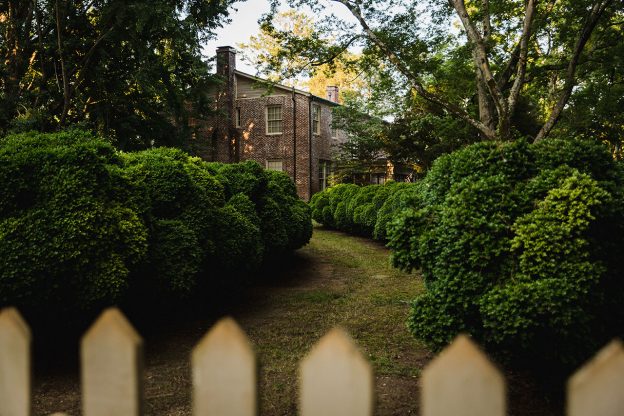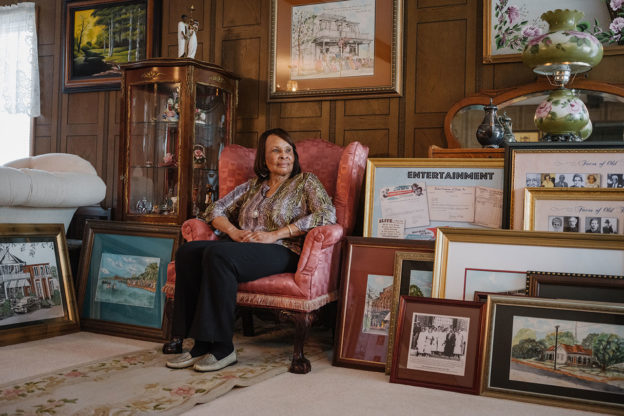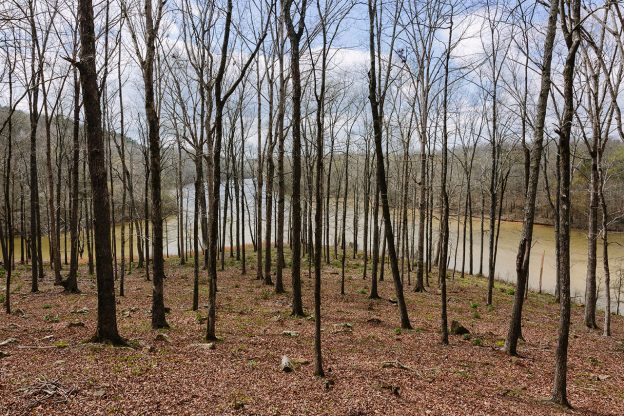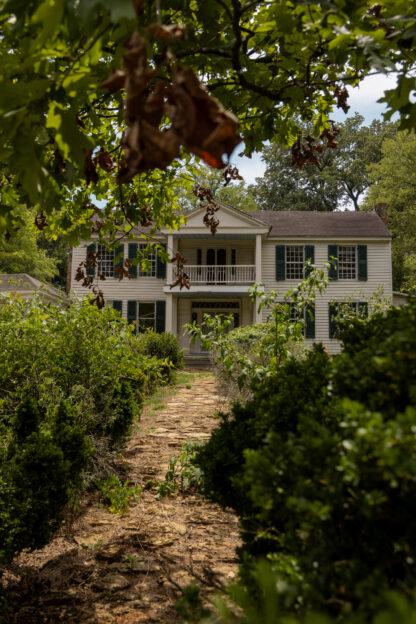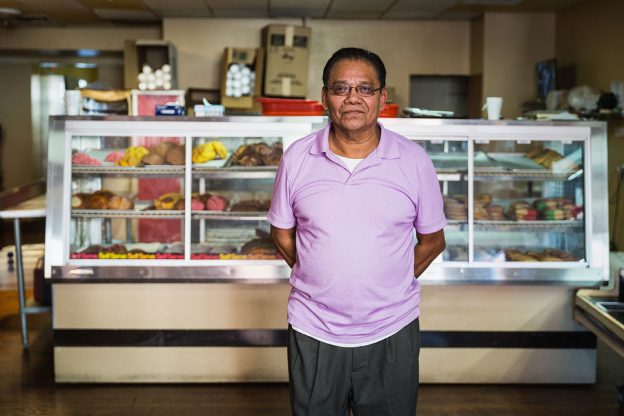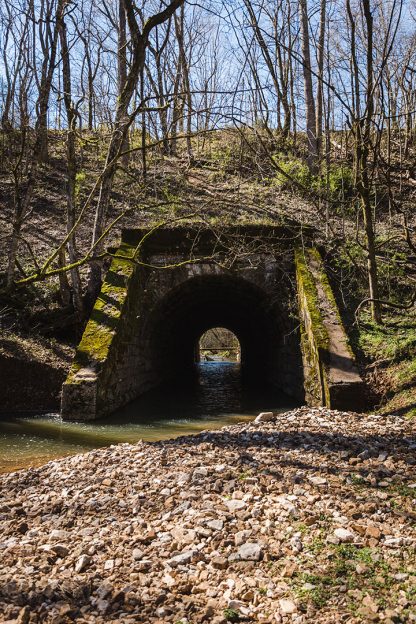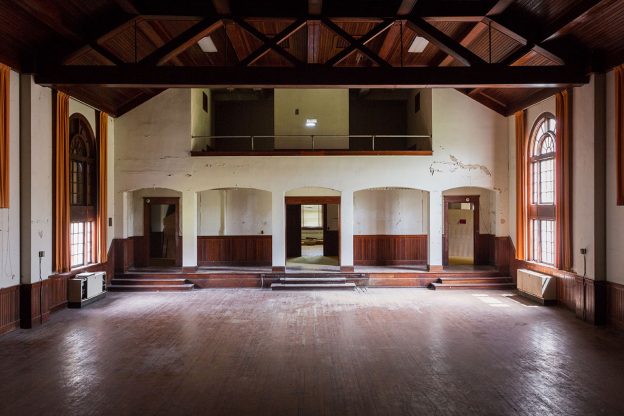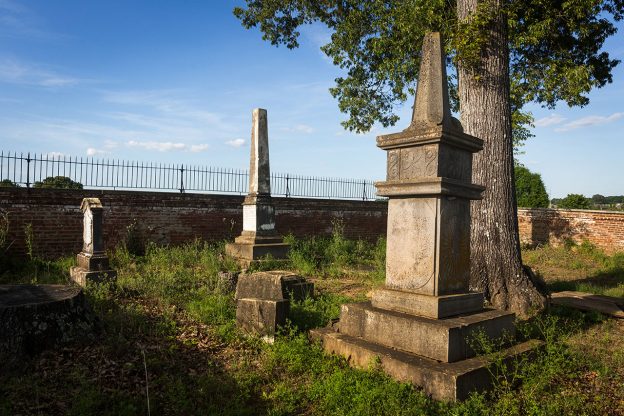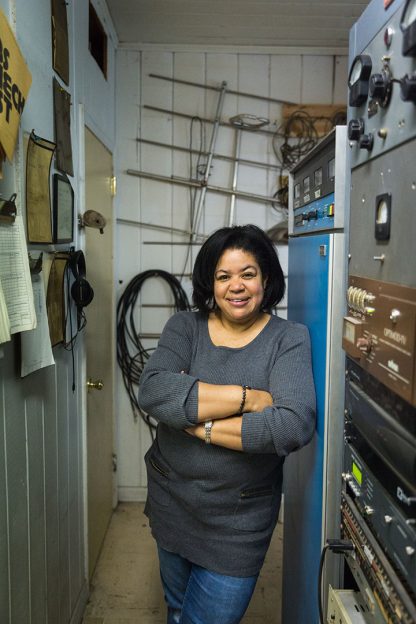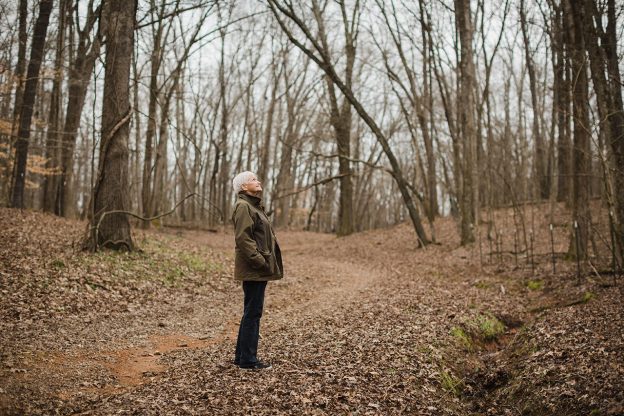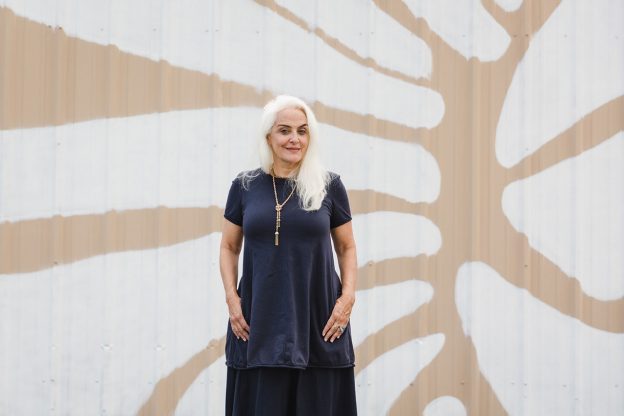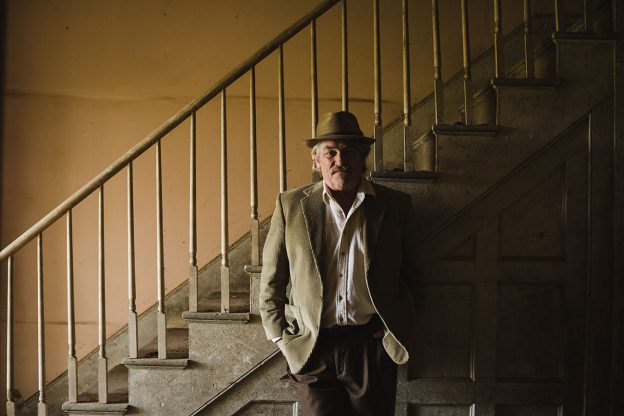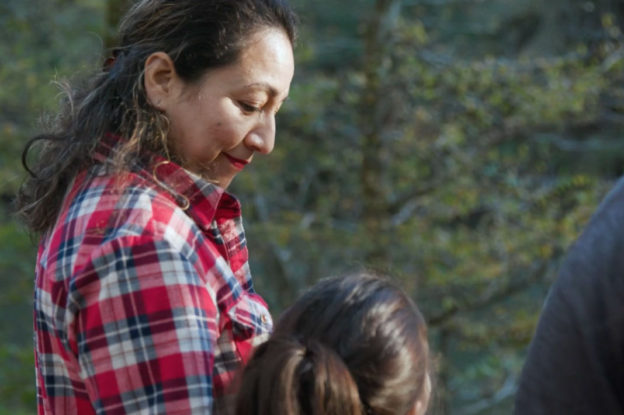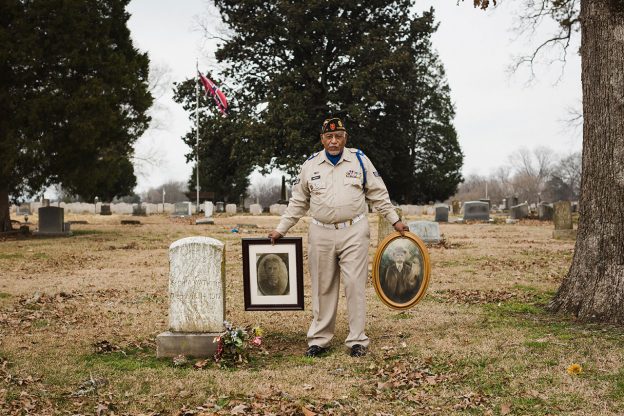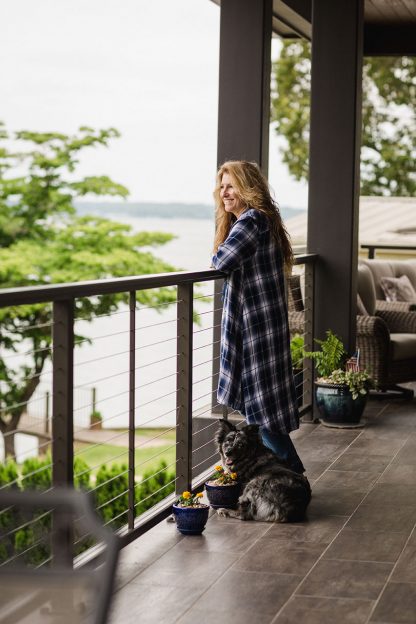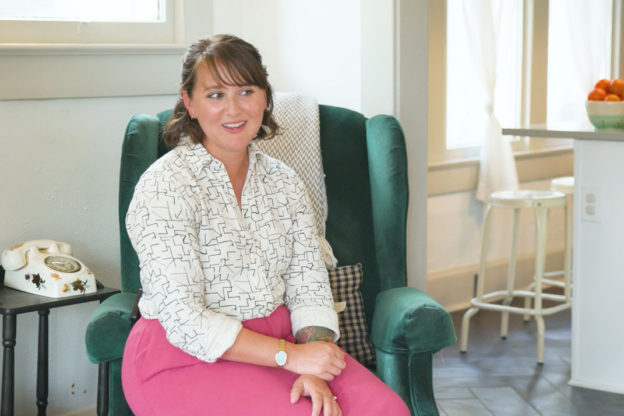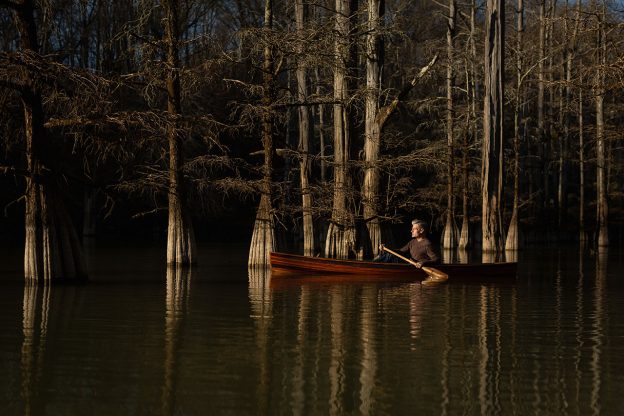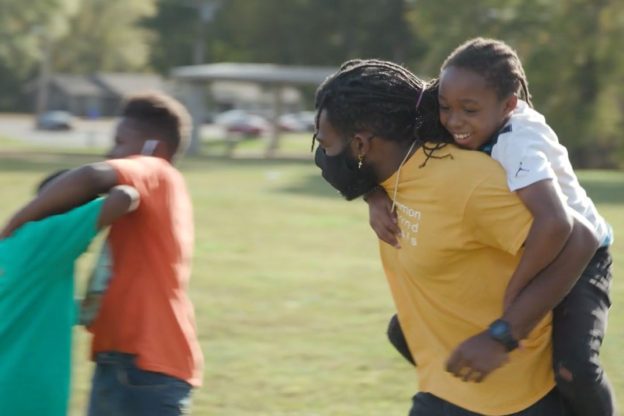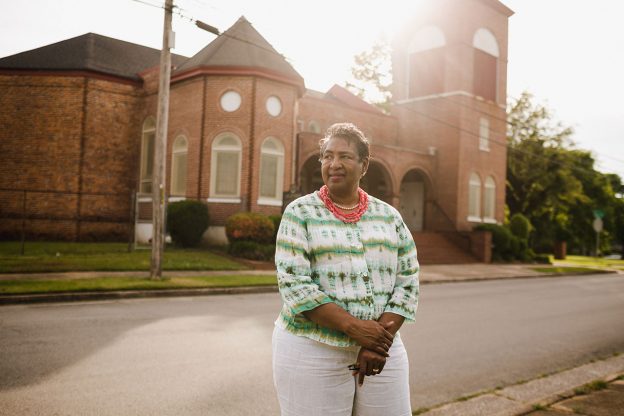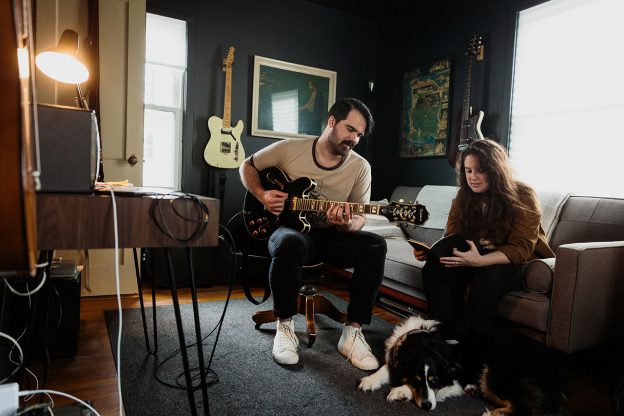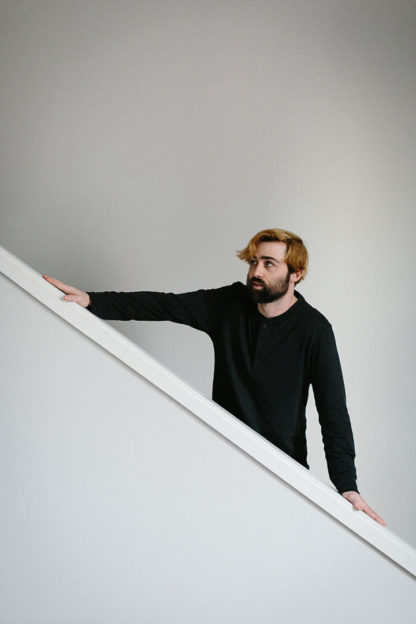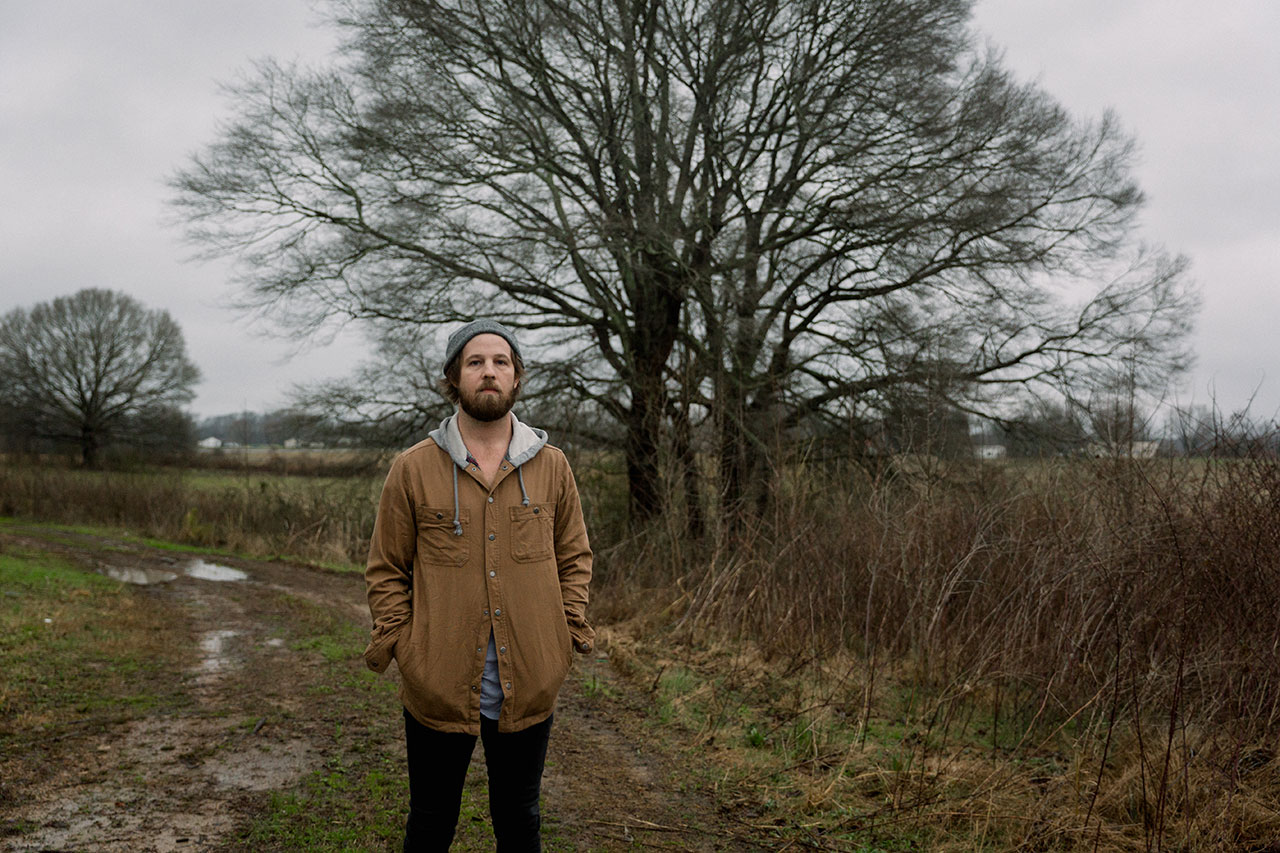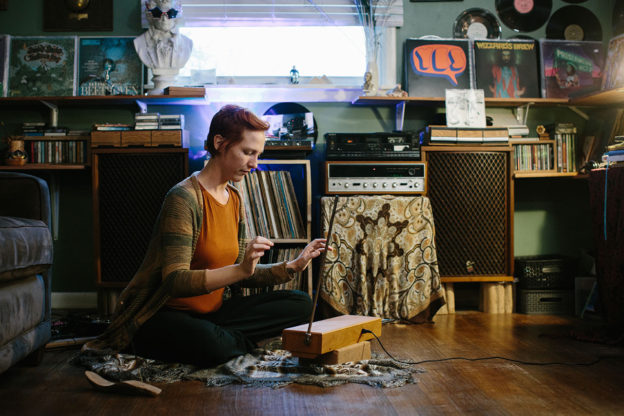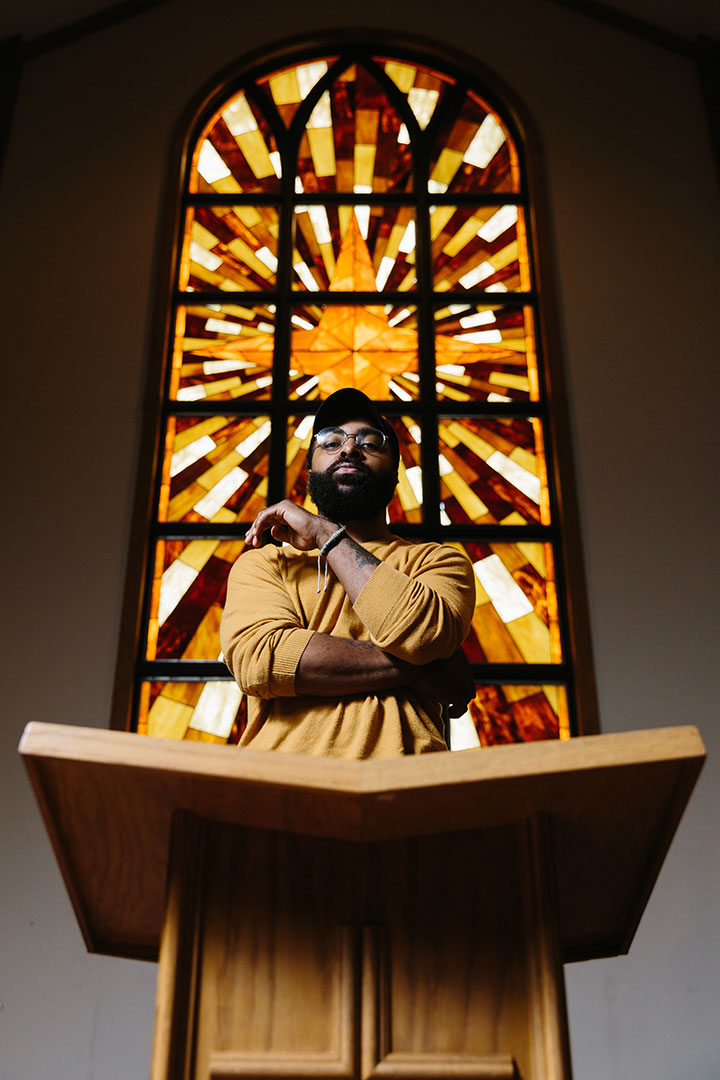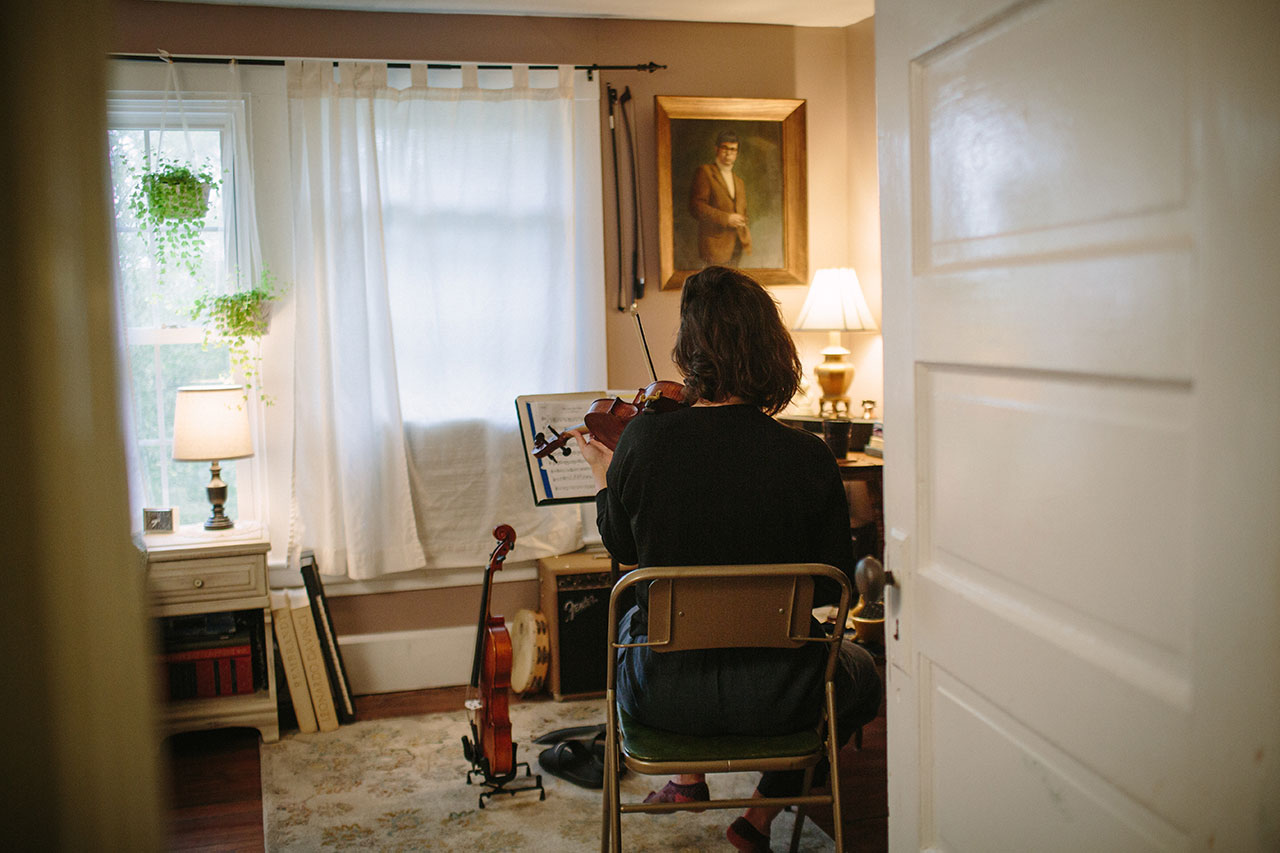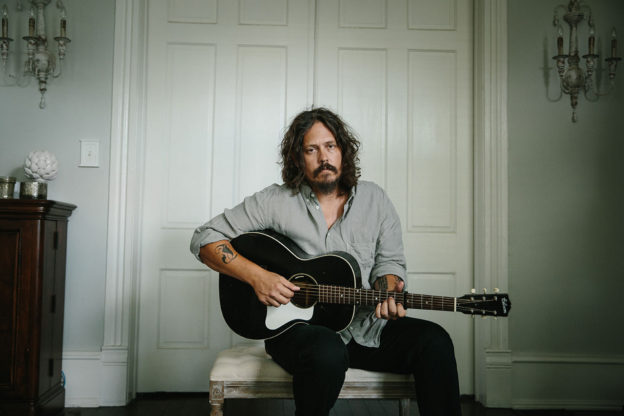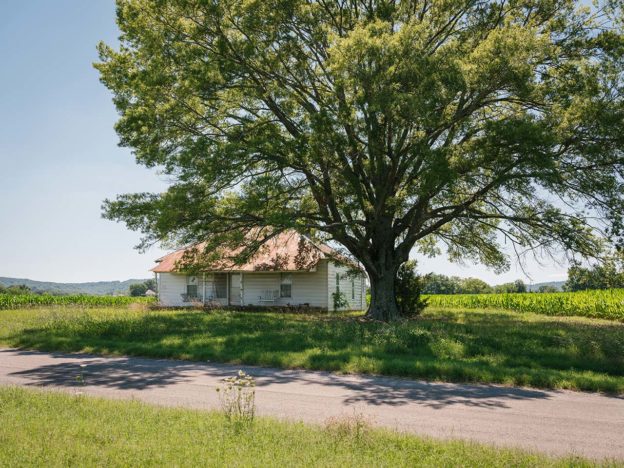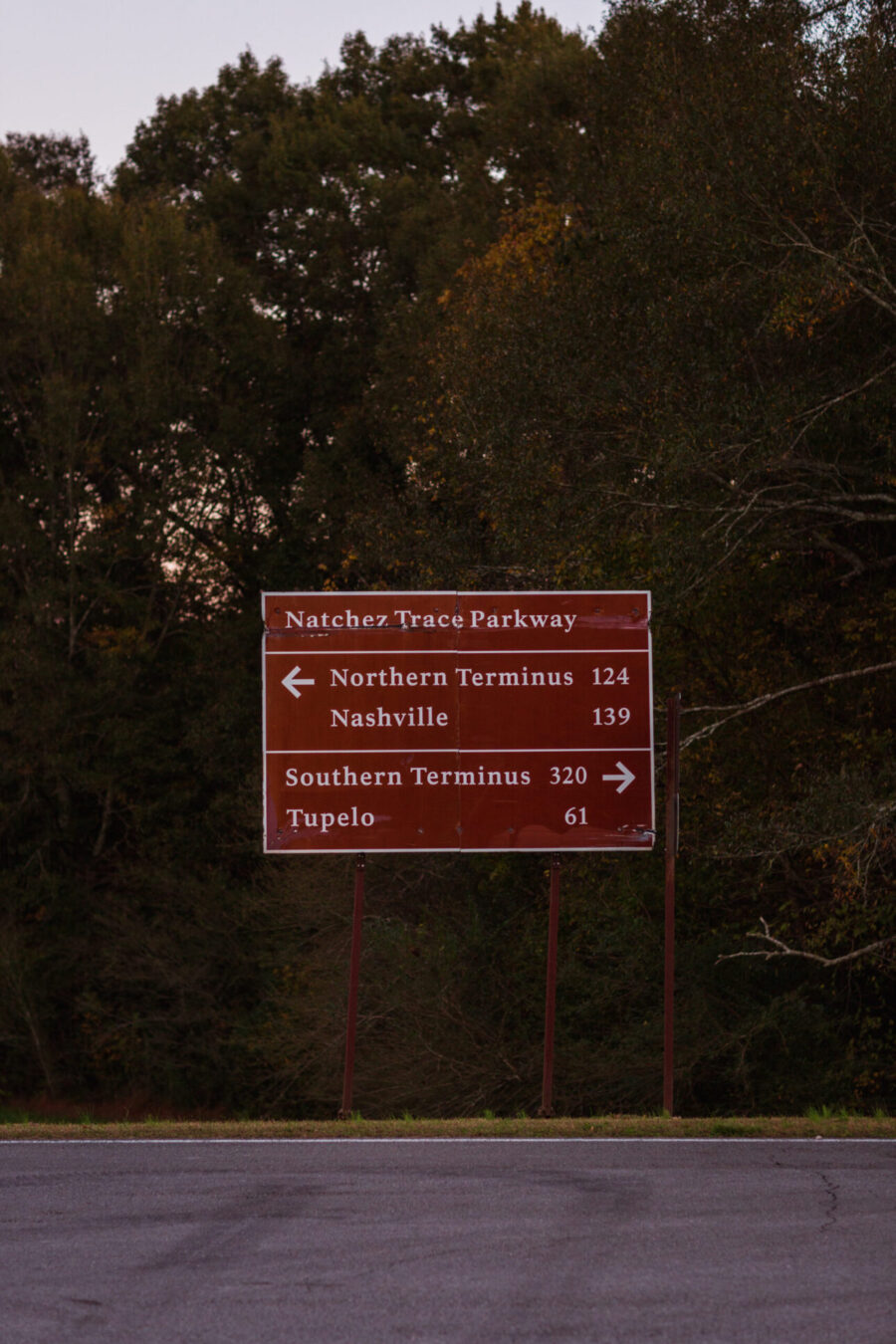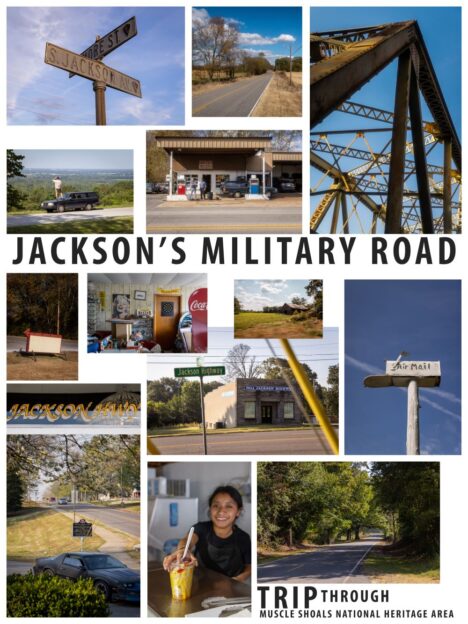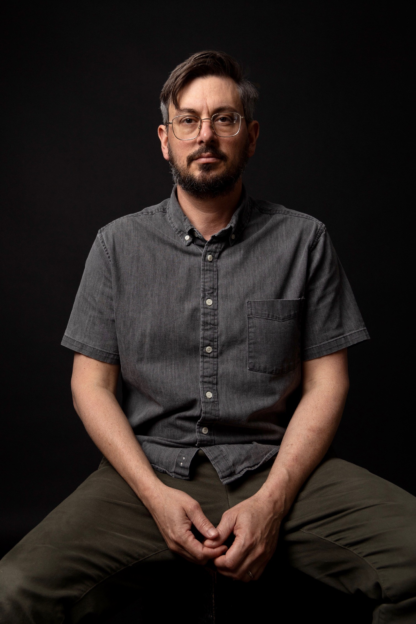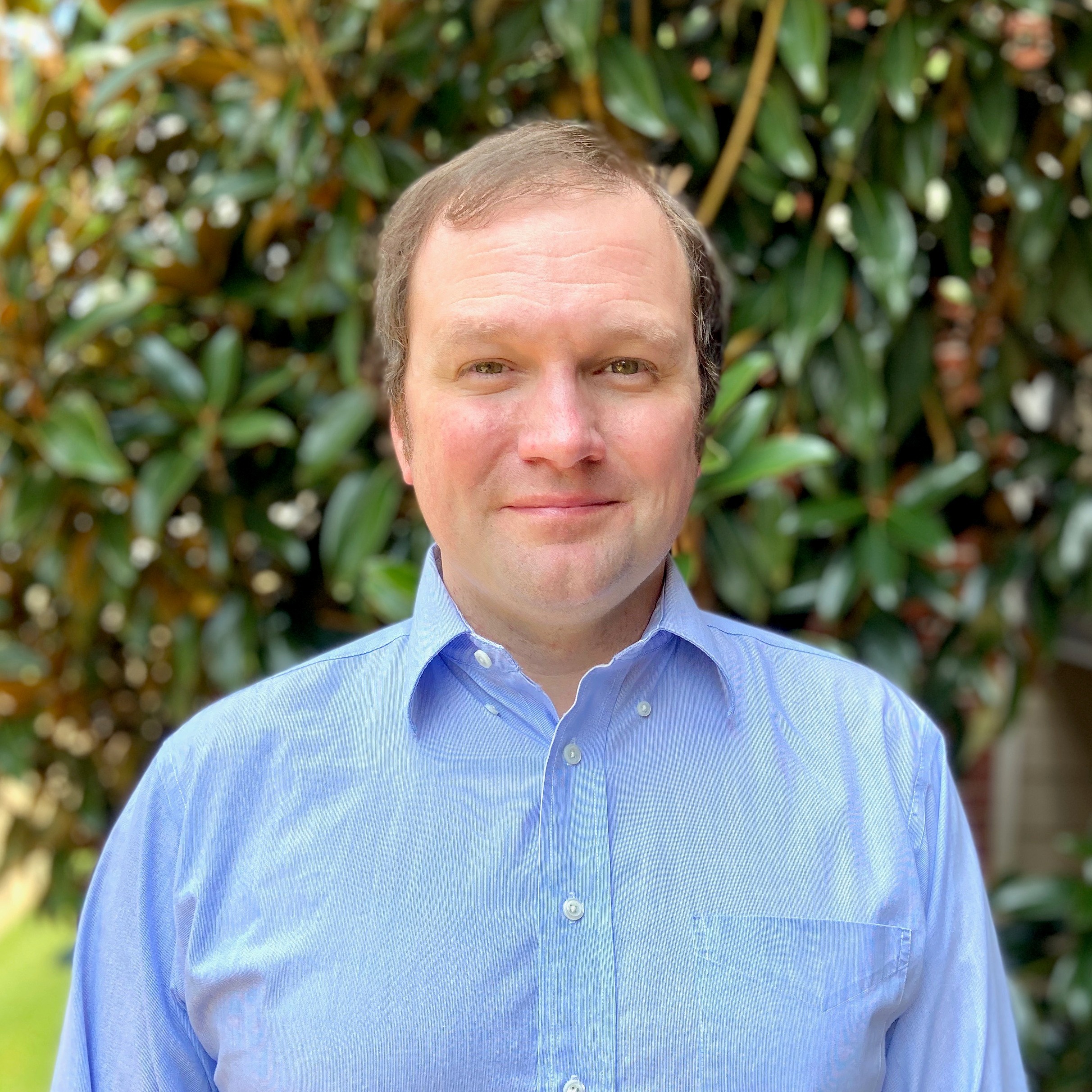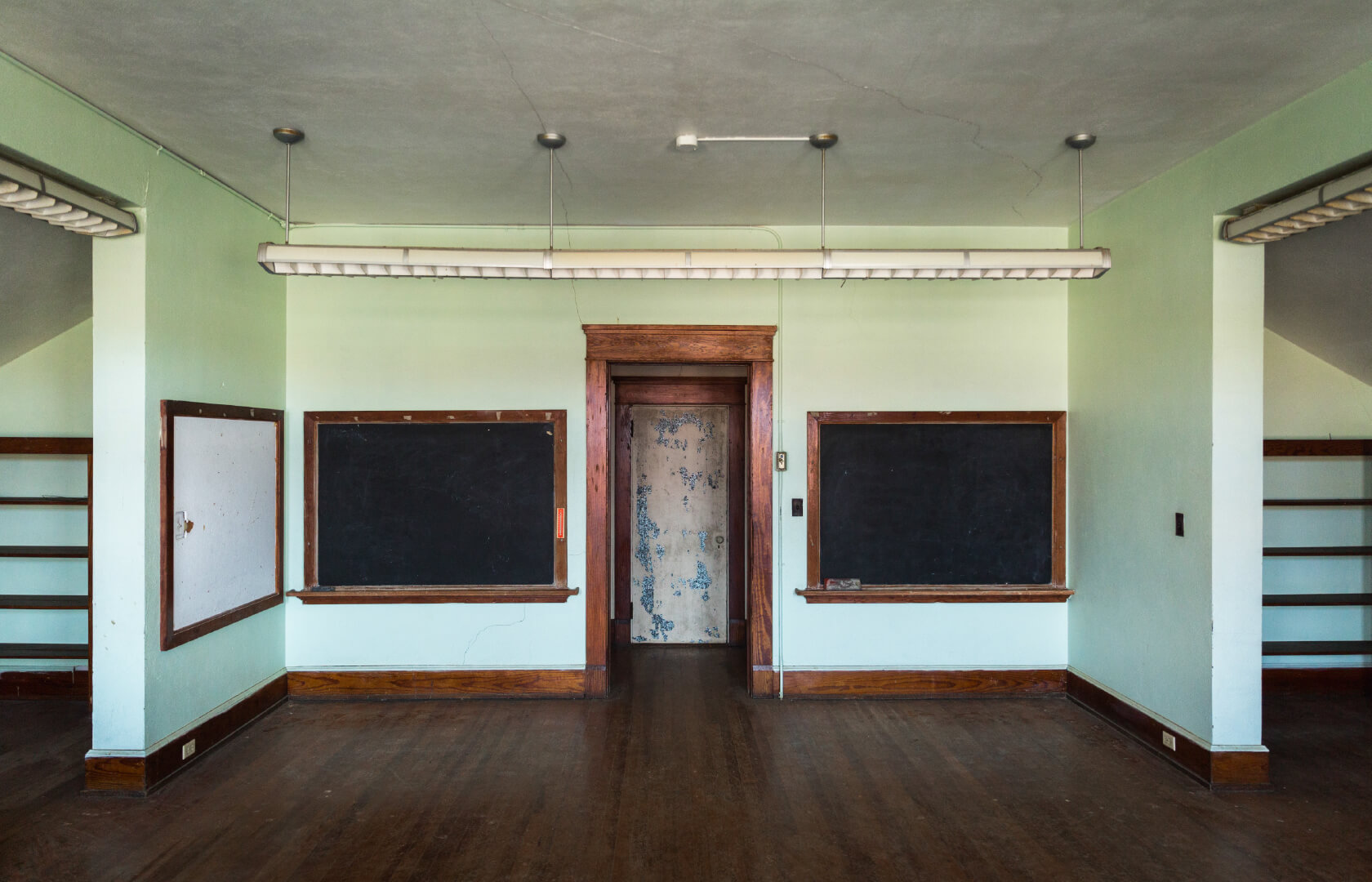
HIDDEN SPACES
Exploring lesser known locations and ongoing histories in North Alabama communities
Hidden Spaces are everywhere. Off the beaten path, on the outskirts of town, and in the middle of ancient waterways, culture merges with landscape to anchor everyday life. This is a story about the important places not often associated with the weight of history. Uncovering them, we discover ourselves. In recent years, the Florence community and surrounding Shoals region have benefited from high profile events, including Billy Reid’s Shindig, and the Muscle Shoals Feature Documentary Film. This increasing national exposure often results in carefully constructed visually imagery, creating lasting impressions for participants and external observers. While it is too soon to connect these events with a coherent process of identity-formation or change within the Shoals public narrative, it is clear that visual communication forms an important component within such processes.

Hidden Spaces is an art-historical project that seeks to add another layer to this interpretive landscape. A project of Muscle Shoals National Heritage Area, with collaboration from the University of North Alabama’s Public History Center, and local consultant artists, Hidden Spaces identifies, displays, and interprets cultural landscapes, built environments, and natural features that highlight the inherent uniqueness and diversity of the greater Shoals region.
For photography and visual storytelling, there is no better place than the American South. Rich with interesting people, heartfelt landscapes, and the bipolar history of southern hospitality and intolerance, almost everywhere you look there’s a good story. The cream of Robert Frank’s iconic book, The Americans, was the south. Other visual storytellers including Sally Mann, William Christenberry, and William Eggleston worked in the southern United States. In northwest Alabama, the Civil Rights photography of Shoals native Charles Moore is among the most important of the time.
Stories are essential; they are tied to the very essence of our humanity. While evidence is everywhere, the best narratives require some digging, a look inside the building, around the bend, or long conversations with folks who have a connection to a place or a story. Hidden Spaces continues in the tradition of great southern storytellers to talk about the rich history of northwest Alabama and the American South.


Many people say there is something in the water here in northwest Alabama. That something in the water? It is made up of stories, of legends, of songs swirled together with red clay, huge catfish, and cypress trees.

Hidden spaces are indeed everywhere. What may be concealed from everyday view has deep meaning for some, even many. Finding hidden spaces takes time and a willingness to look. It takes curiosity and creative thinking.
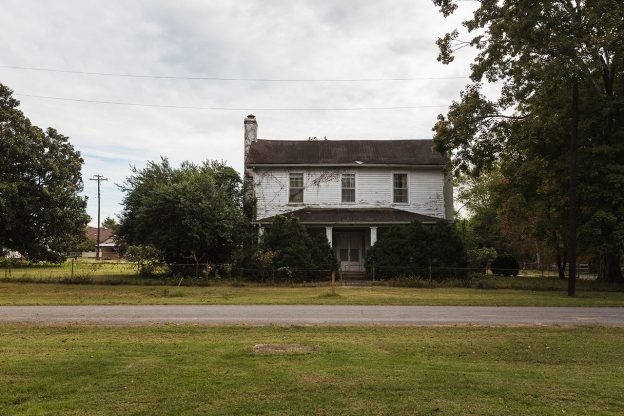
This site was paid for with a grant from the Alabama Tourism Department

